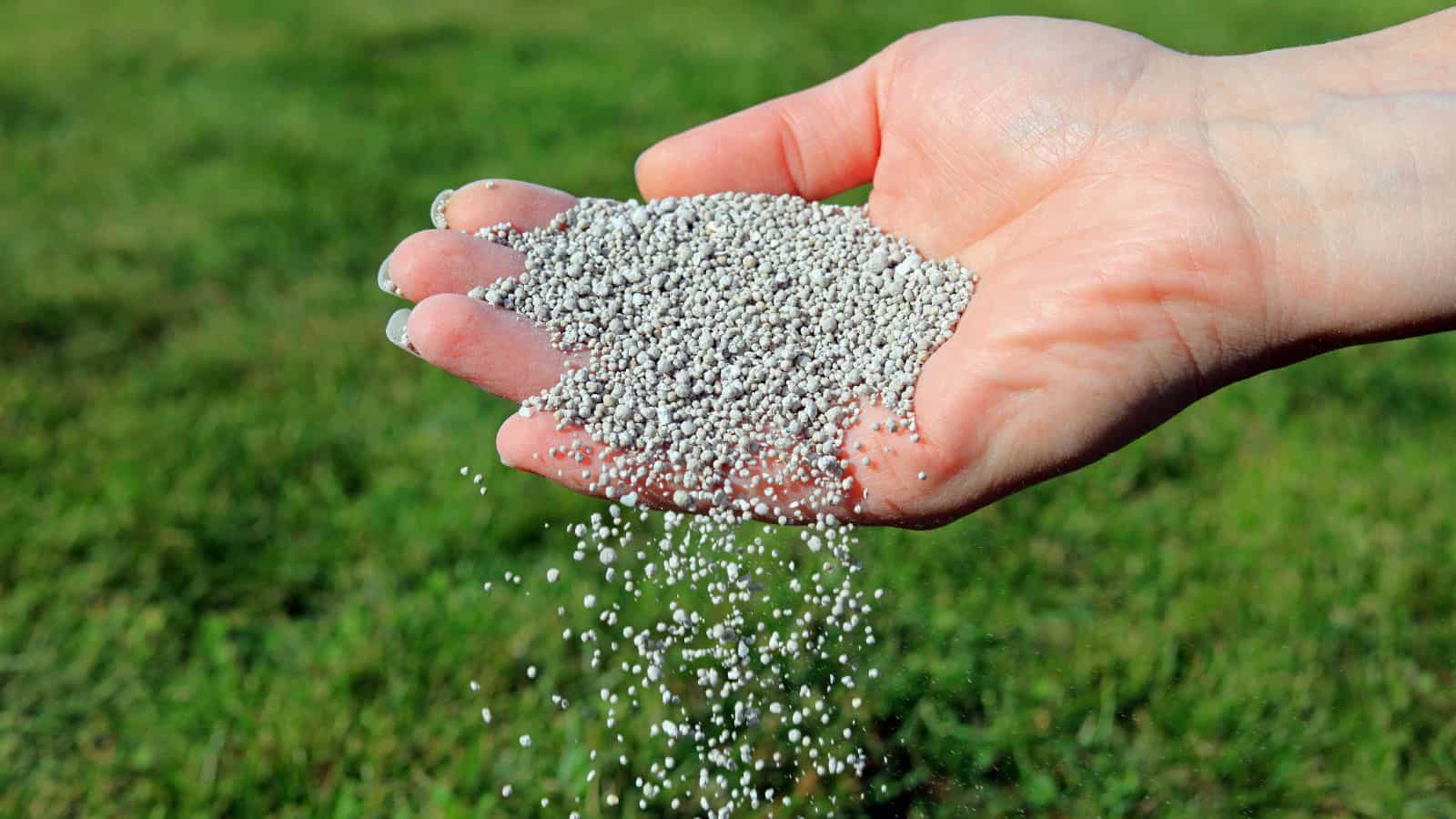Fertilizing your plants is essential for providing them with the nutrients they need to grow strong and healthy. With so many types of fertilizers and methods available, it can be overwhelming to know where to start. This guide will walk you through everything you need to know to fertilize your plants effectively.

Understand Your Soil
Before you start fertilizing, it’s crucial to understand the condition of your soil. A soil test can reveal what nutrients are already present and what might be lacking. You can purchase a soil testing kit at a garden center or send a sample to a local extension service. Knowing your soil’s pH and nutrient levels will help you choose the right fertilizer.
Know Your Plants’ Needs
Different plants have different nutrient requirements. Leafy greens like lettuce and spinach need a lot of nitrogen, while flowering plants like tomatoes and roses require more phosphorus. Research your specific plants to understand their nutrient needs. This will help you select a fertilizer that supports their growth.
Choose the Right Fertilizer
There are two main types of fertilizers: organic and synthetic. Organic fertilizers, such as compost and manure, release nutrients slowly and improve soil structure. Synthetic fertilizers provide nutrients in a readily available form but do not improve the soil. Both types have their advantages, and the best choice depends on your gardening goals and preferences.
Organic Fertilizers
- Compost: Rich in nutrients and improves soil structure.
- Manure: Provides a good mix of nutrients but should be well-aged to avoid burning plants.
- Bone Meal: High in phosphorus, promoting root and flower growth.
- Fish Emulsion: A balanced fertilizer that’s easy for plants to absorb.
Synthetic Fertilizers
- All-Purpose Fertilizer: Good for a variety of plants, typically with a balanced N-P-K ratio.
- Specialized Fertilizers: Formulated for specific plants like tomatoes, roses, or lawns.
- Slow-Release Granules: Provide nutrients over an extended period.
Apply Fertilizer Correctly
The method and timing of fertilizer application are critical. Here are some general guidelines:
Timing
- Early Spring: Apply fertilizer to give plants a boost as they start growing.
- Mid-Season: A second application can support ongoing growth, especially for heavy feeders like tomatoes.
- Fall: Fertilizing perennials and lawns in the fall can help them store energy for the winter.
Methods
- Broadcasting: Spreading granular fertilizer evenly over the soil surface.
- Side-Dressing: Applying fertilizer in a narrow band along the sides of rows or around individual plants.
- Foliar Feeding: Spraying liquid fertilizer directly onto the leaves for quick absorption.
- Incorporating: Mixing fertilizer into the soil before planting.
Avoid Over-Fertilizing
Over-fertilizing can harm your plants and the environment. Too much fertilizer can lead to nutrient imbalances, burn roots, and pollute waterways. Always follow the recommended application rates on the fertilizer package and err on the side of caution. Less is often more when it comes to fertilizing.
Monitor and Adjust
Keep an eye on your plants after fertilizing. Healthy plants will have vibrant, green leaves and strong growth. If you notice yellowing leaves, stunted growth, or other signs of nutrient deficiency, it may be time to adjust your fertilization routine. Soil tests can help you pinpoint any ongoing issues.
Incorporate Organic Matter
In addition to regular fertilization, adding organic matter like compost to your soil can improve its fertility and structure over time. Organic matter helps retain moisture, improves drainage, and provides a slow release of nutrients.
